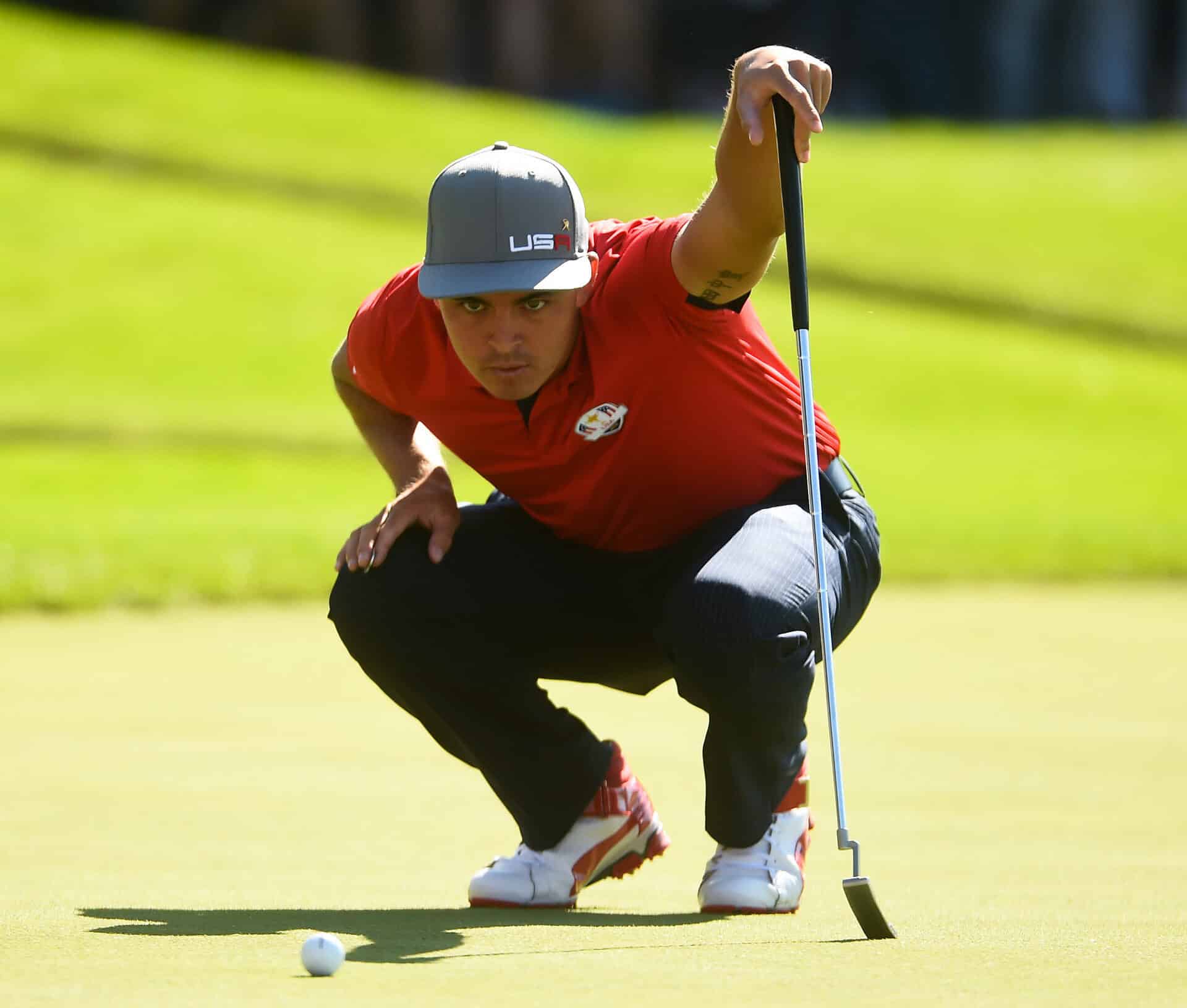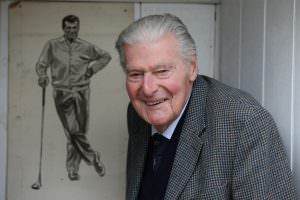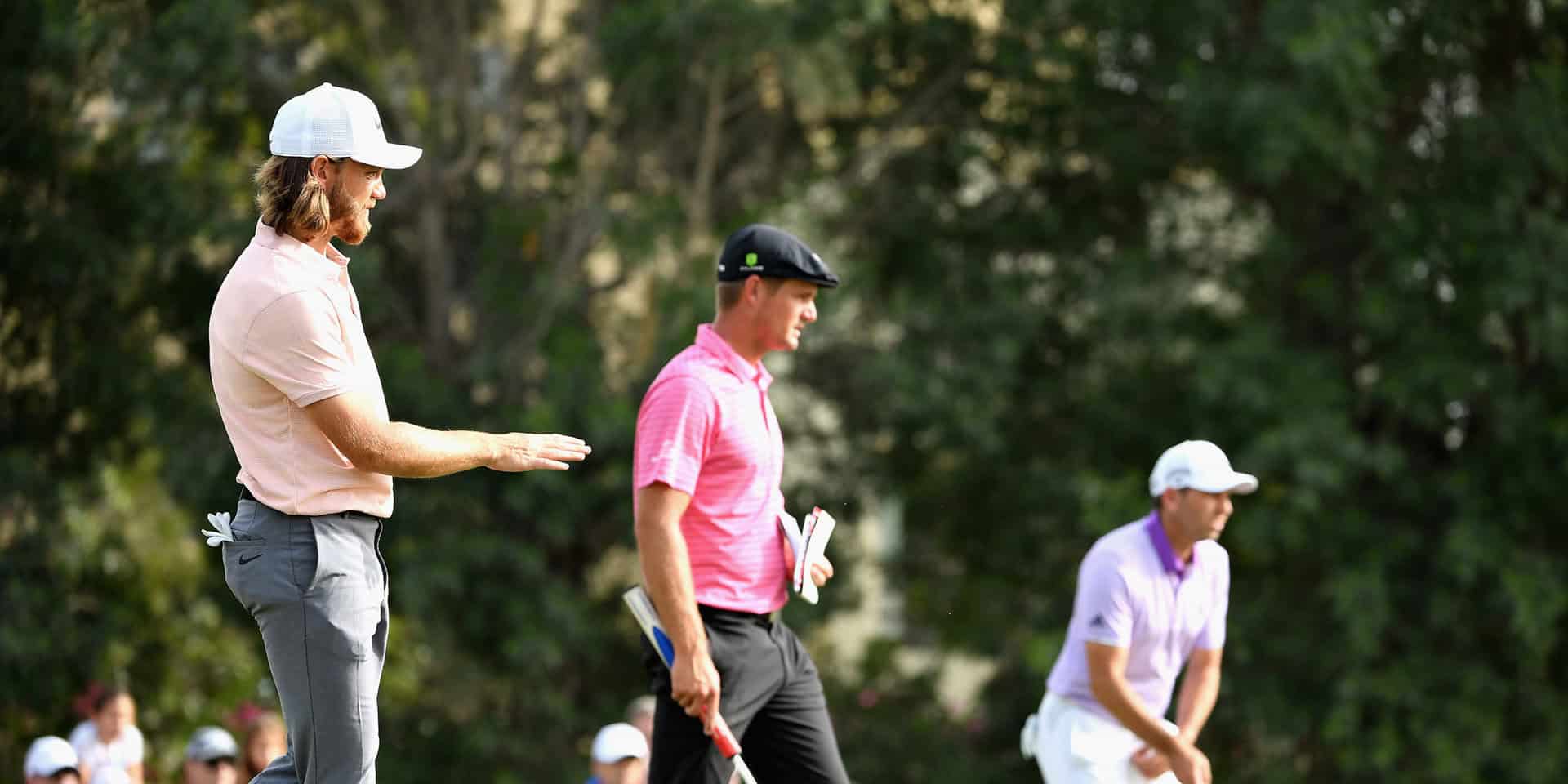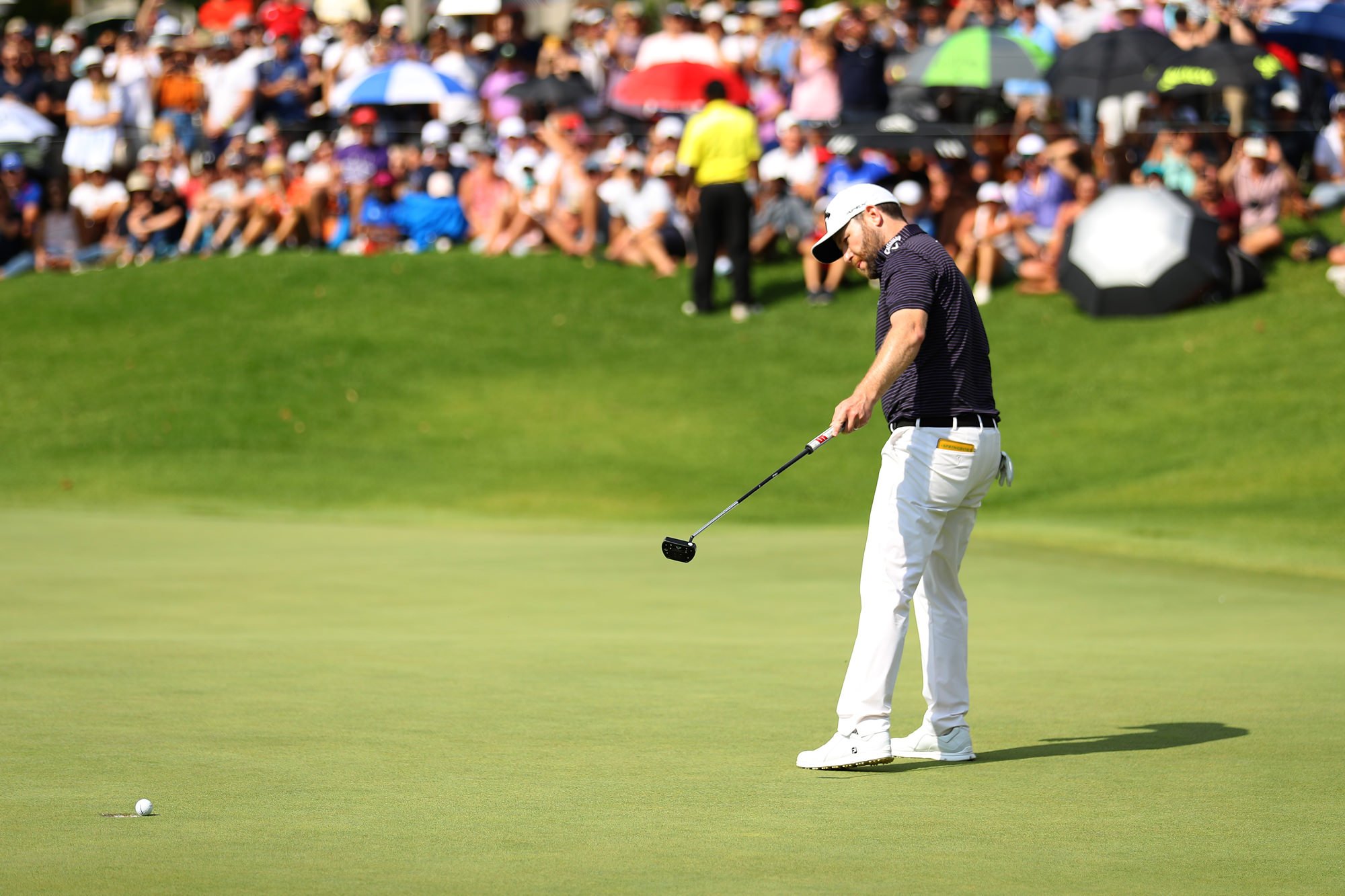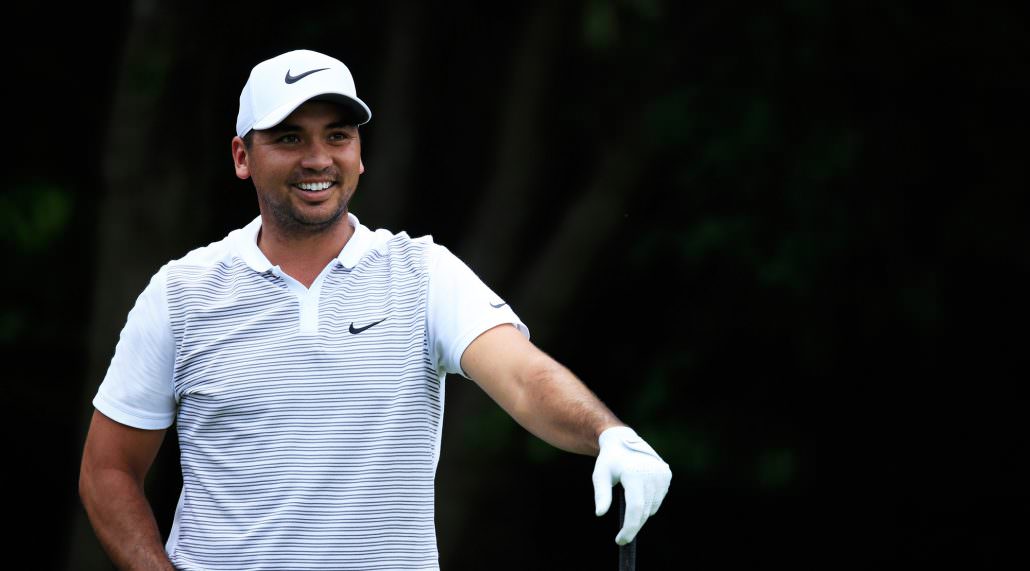
See your best to play your best: The art of visualising your shots
I was out on the course recently with a friend who’s new to golf. Out of nowhere, he paused behind the ball for a minute before hitting his shot. I asked what he was doing and he said he was visualising it. When I asked how he was doing it, he wasn’t sure and when I asked if he had done it before he said no.
At its core, visualisation is about seeing what you want, and not what you don’t want. But why does this work? Essentially, when you see yourself doing an action in your brain you are more likely to do it. Visualising your performance beforehand allows you to stay focused and helps regulate nerves or the dreaded yips. Seeing what you want to happen gives your brain a sense of familiarity which helps you feel in control.
Most golfers think visualisation should be done while competing, for example during a pre-shot routine trying to see their desired ball flight. Arguably, it’s actually more effective before you play or away from the course altogether. For example, we know that by just visualising an action, like the golf swing, it produces muscle patterns that are similar to those you want to create in your swing. In this case, visualisation should be done before as well as during the round. And, just like the golf swing, practice makes perfect. Therefore, it should be practised before being used on the course.
So how do you do it properly? Follow these easy steps to success…
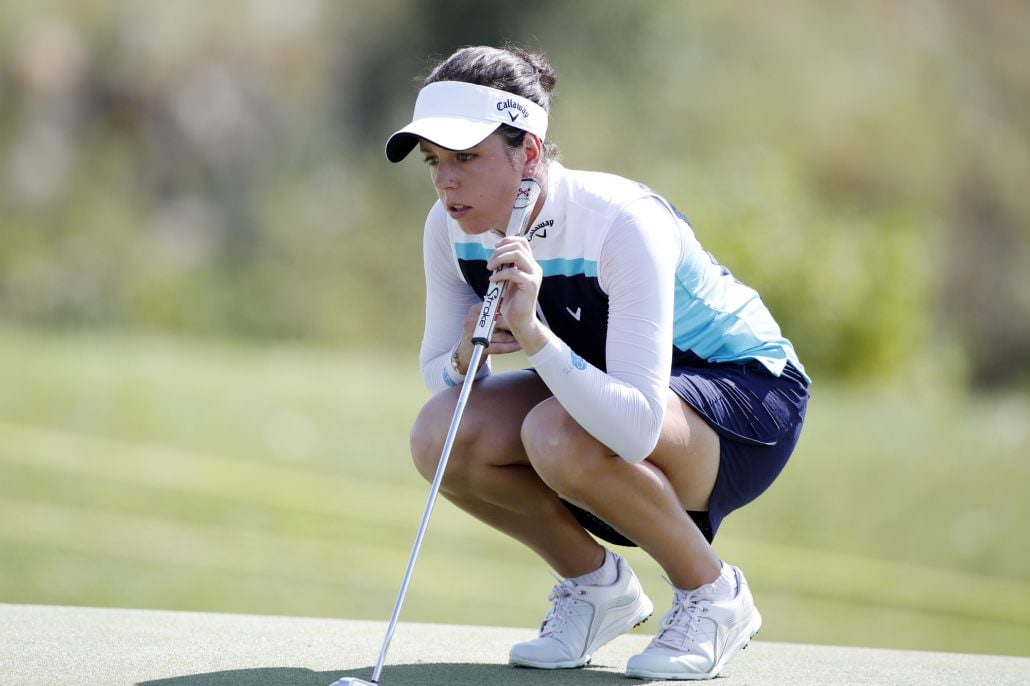
Visualise your golf shots: Get physical
Believe it or not, visualisation should be a physical process where you consider all the relevant physical characteristics you will face on the course. For example, if you are visualising the swing, a great way of making this a more physical process is getting set up in your stance and even holding your golf club. Other golfers may also wear their golf shoes to make it feel more familiar.
This process helps the brain fire similar muscle patterns to those of when you are actually on the course. Essentially, just thinking about your shot is not enough.
Visualise your golf shots: Get creative
While it may be impossible to carry out visualisation on the actual golf course, you should try and carry out visualisation in an environment that is as similar to it as possible. Top tips include being in a similar sensory environment, so mimicking the same sounds, same views and same weather conditions will help.
This can be shot specific too. My favourite research on this found that golfers who visualised their bunker shots whilst stood in a tray of sand showed an enhanced execution of such shots on the course. I am not suggesting every golfer should jump into a tray of sand, but I am saying that innovation is key.
Visualise your golf shots: Specific to you
The most important rule with visualisation is that it is specific to you. You should only be visualising what you can physically do. In other words, you should avoid visualising hitting a 320-yard drive similar to that of Cameron Champ when you usually only hit around 200 yards off the tee. Aspirations are great, but you should be visualising realistic expectations.
To do this, continuously review and adapt what you are trying to see as you develop. If we take the novice golfer as an example, as they progress and perfect their swing, it’s important they adapt their imagery to reflect those improvements. This is so that what they visualise is the same as what they are able to produce.
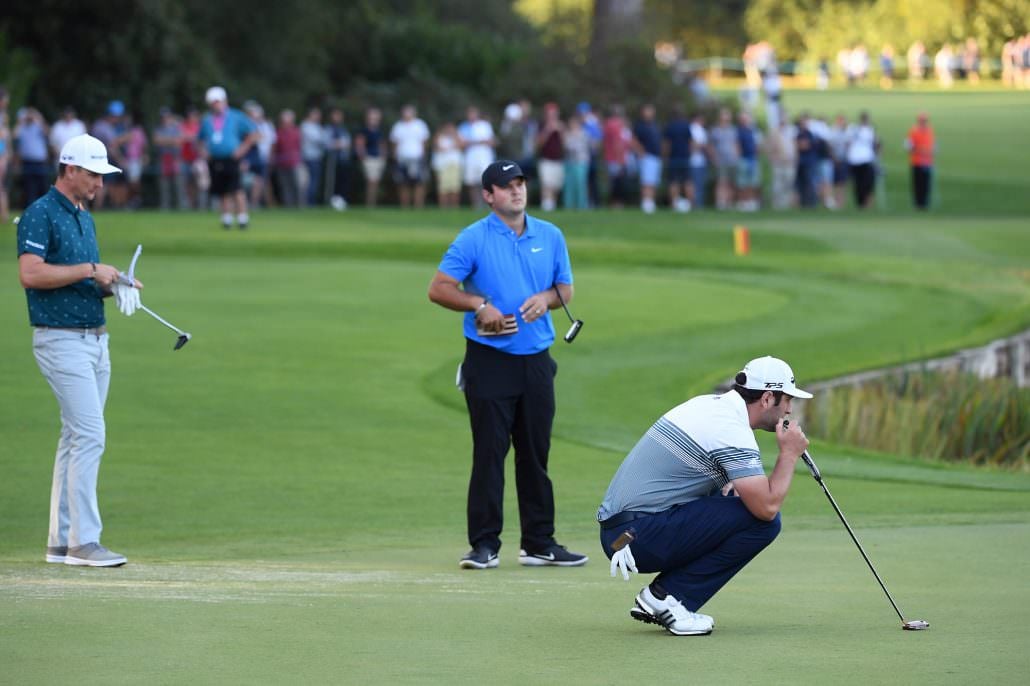
Visualise your golf shots: How to see
It’s important you consider both speed and perspective. First, you should decide whether you want to see your picture in slow motion, normal speed or in ‘fast-forward’. Second, you should decide what perspective you want to see. By this I mean, do you want to see yourself in ‘third person’ like watching a video of yourself or do you want to see it in ‘first person’ like seeing it through your eyes.
Distinguishing between the two is vitally important. For example, if you want to visualise the golf swing due to making technical changes, seeing that in 3rd person is best. In terms of timing, slow-motion may be good to slowly see individual swing changes, but seeing the full swing in real time is important as that’s what you will be doing.
Visualise your golf shots: Get emotional
Often, we’re told to try and control out emotions, but the role of emotions in sport is often underestimated. When visualising, it’s helpful to try and replicate the positive emotions you want to feel when you are on the course. For example, if you visualise yourself on the first tee, you should replicate feeling confident, strong and motivated, and then see what you want the outcome to be.
Final thought
Visualisation should be a full process, not just something you turn on and off when you remember to use it. When done well, it helps golfers feel more confident, but when done best, it also helps you execute better when it matters most.
Andrew Wright
NCG's instruction editor. Terrible student so trying my hand at passing on some of the best advice I've never listened to. Member of Royal Troon. Favourite golfer is two-time major winner and hall of famer, Retief Goosen.




